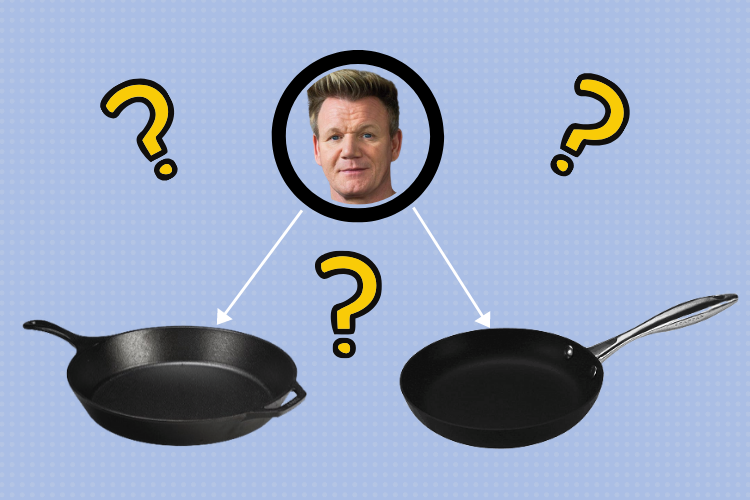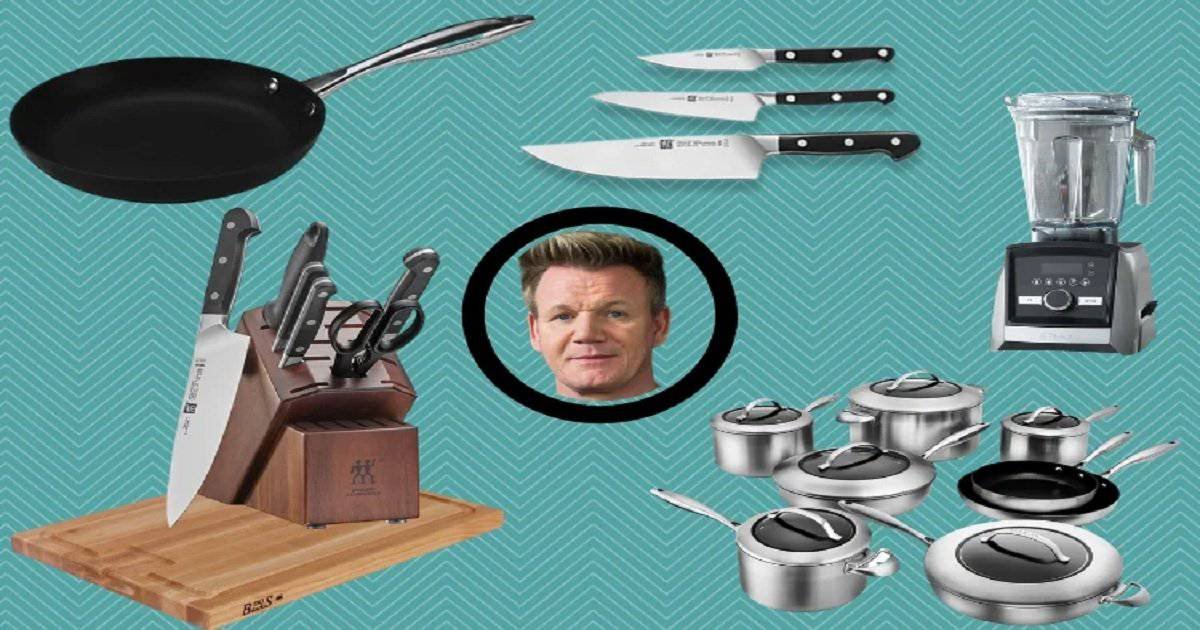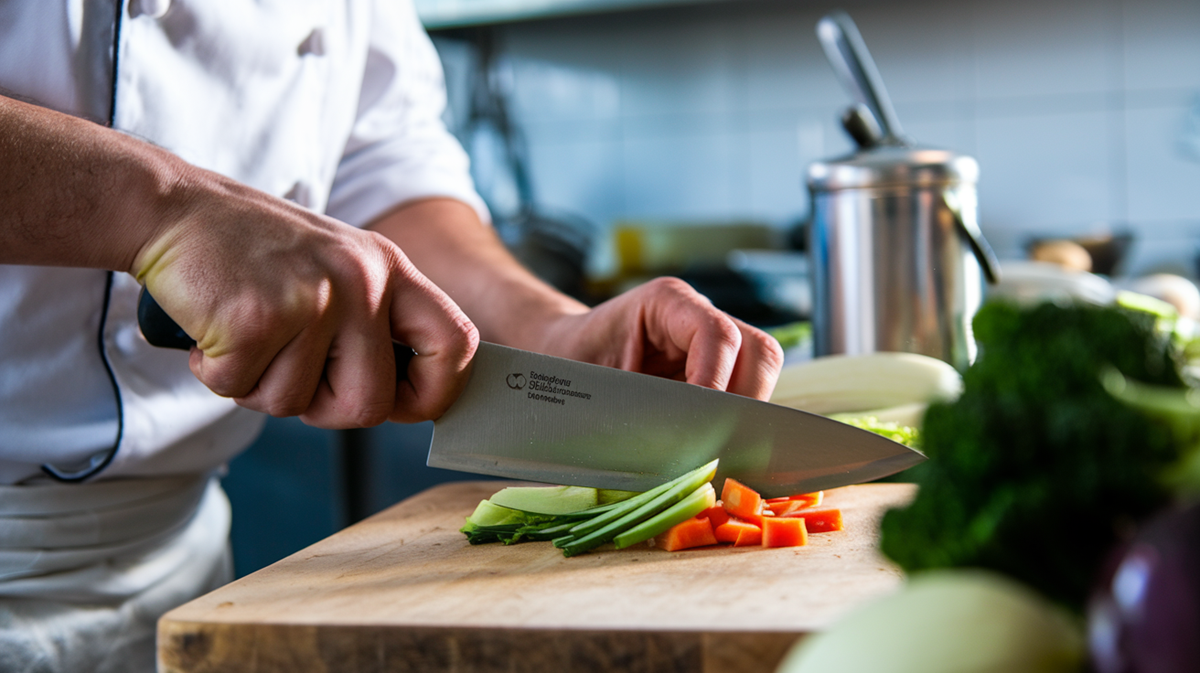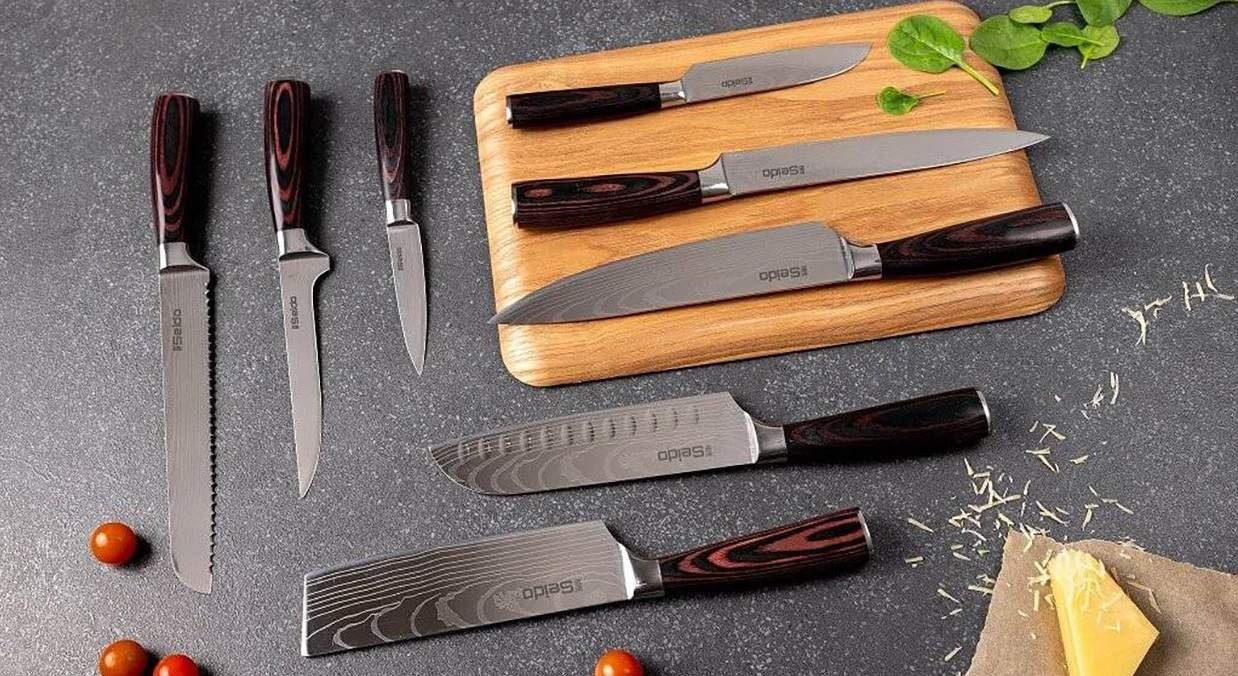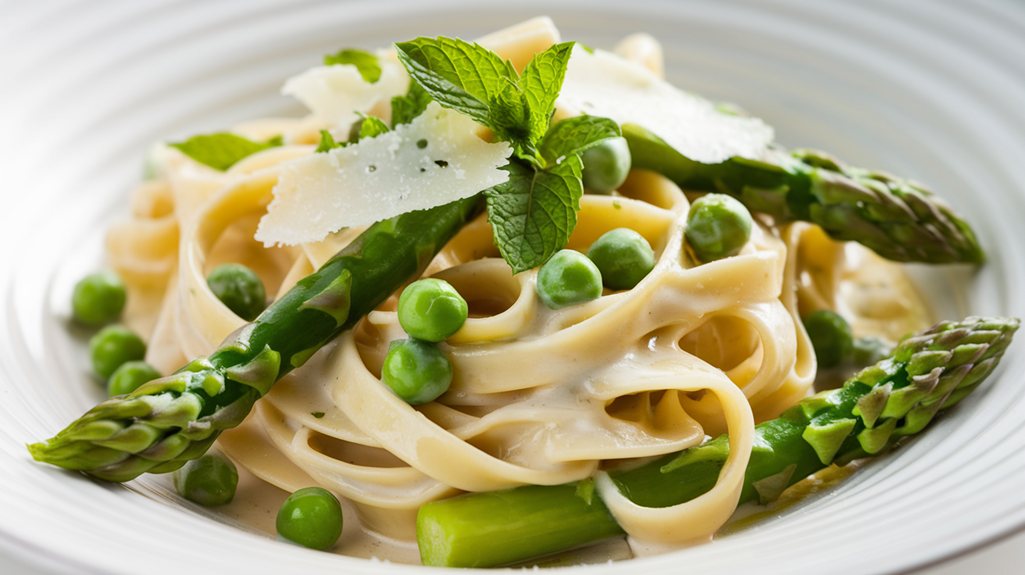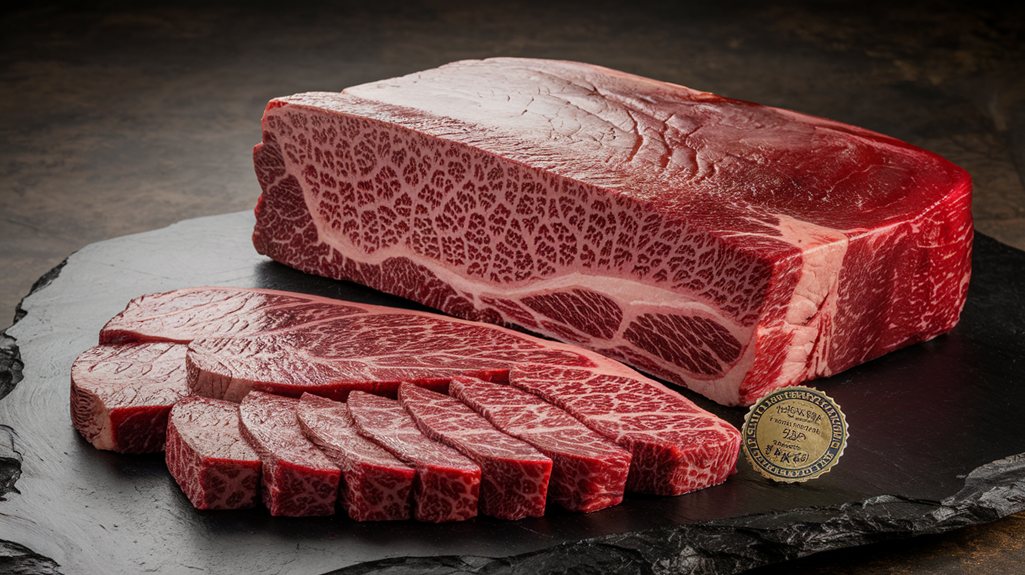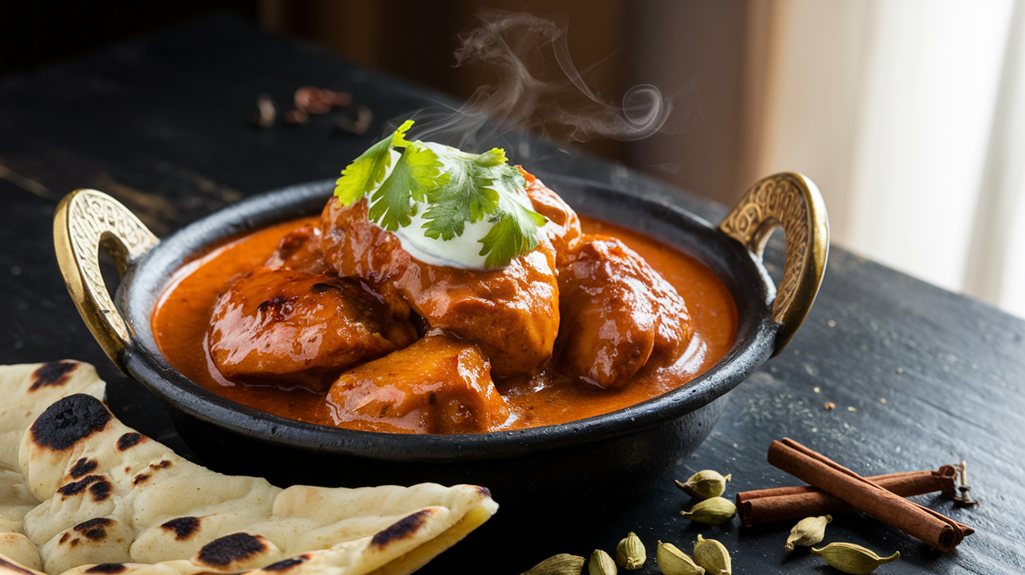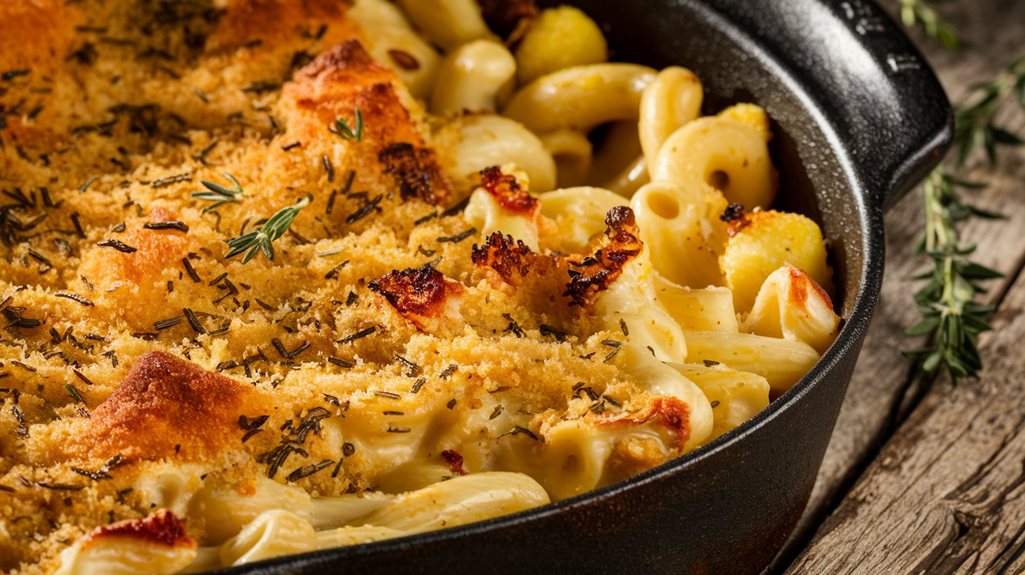Frying pans do the job of frying or scrambling eggs to stir-frying and toasting nuts and seeds. They are made from various metals, each having its positives and negatives.
The metal’s ability to tolerate and conduct heat will dictate how well the pans will brown food, how easily food can burn, and how to distribute heat evenly.
Weight also matters because when you buy a lightweight stainless-steel pan, your stew meat will stick to the pot; the ease of cleaning varies.
Below, I go over what you need to know about the most commonly available materials on the market and what each pan is used for.
I’ve used and recommend both cookware sets, the ScanPan 10-Piece Cookware Set and the HexClad 7-Piece Cookware Set; both are well-made pans with a solid, heavy bottom, heat fast, and they get the job done.
Find out more about Gordon Ramsay Cookware: What Pots and Pans Does He Use?
Cast-Iron Skillet
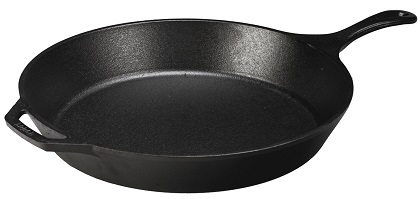
Cast iron heats up slowly but holds heat well. Cast-iron cookware is also reasonably priced and lasts a lifetime if maintained correctly. Still, it is bulky and heavy; it is reactive to accidie foods and needs to be seasoned before you use it unless it comes preseason from the manufacturer (which I suggest).
Cast iron is excellent for searing or blackening food rapidly on extremely high heat. It heats equally well to high temperatures and stays hot, and if it’s well-seasoned, it will release food just like a nonstick surface would. Also, cast iron helps keep the oil hot; a cast-iron skillet is excellent for shallow pan-frying. THERE’S NOTHING BETTER THAN A CAST-IRON SKILLET when I want to get a dark after-crust sear on steaks, chops, or even cornbread. Plus, they were not that expensive.
- Heavier is better. The heavier the pan, the more heat it will retain, and the better the crust develops on your food.
- Look for a large cooking surface. An 11- or 12-inch pan is best. If the pan is too small, the crowded food will steam.
- Both preseason and unseasoned cast-iron skillets need to be oiled to keep them maintained and kept from rusting. It is a messy, tedious procedure that causes fumes. Buy a preseason cast-iron skillet; I prefer factory-preseason skillets because they work better than unseasoned skillets, which must be seasoned before use.
The bottom line is that cast iron makes great skillets, but I like enameled cast iron for Dutch ovens since the enamel coating stops the iron from rusting and reacting with acidic foods.
Check out Are Gordon Ramsay’s Pans Good?
Unleash your culinary genius with the Lodge 15′ Seasoned Cast Iron Skillet! Click here to get yours from Amazon now!
Best Nonstick Pan Without Teflon
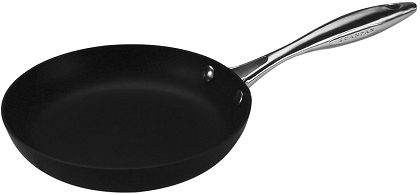
Clad nonstick cookware is what I recommend. The “cladding” label stands for that it is made from layers of metal that have been fused under extreme pressure and heat. These layers form a sandwich of metals, with an “inside filling” made of aluminum and the outside layers formed of stainless steel.
I use this nonstick pan for cooking or sautéing delicate items that tend to stick or fall apart, such as fish, stir-fries, pancakes, and egg dishes. Flared sides let the rapidly redistribute food like omelets by jerking and sliding the pan. Plus, cleaning is quick.
- A 12″ nonstick skillet is a must and a multipurpose choice to cook fish fillets in or in a stir-fry. Smaller nonstick pans, 8 inches or 10 inches, are a good option if you often cook fewer or smaller servings.
- Buy a comfortable and oven-safe handle. The panhandle should feel comfortable and sturdy and keeps cool when cooking. Look for a handle that can go into the oven since many recipes call for finishing cooking.
The bottom line is that I use clad cookware in my kitchen. The pans heat up equally and fast and are simple to care for.
Don’t miss Royal Doulton Exclusively for Gordon Ramsay.
Want to make your cooking process smoother and more enjoyable? Make the smart choice – Click to get the ScanPan Professional Nonstick Fry Pan from Amazon today!
